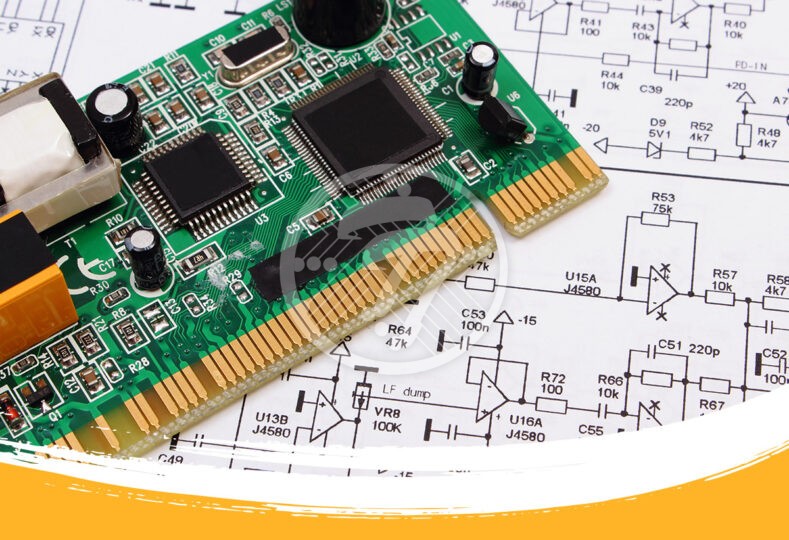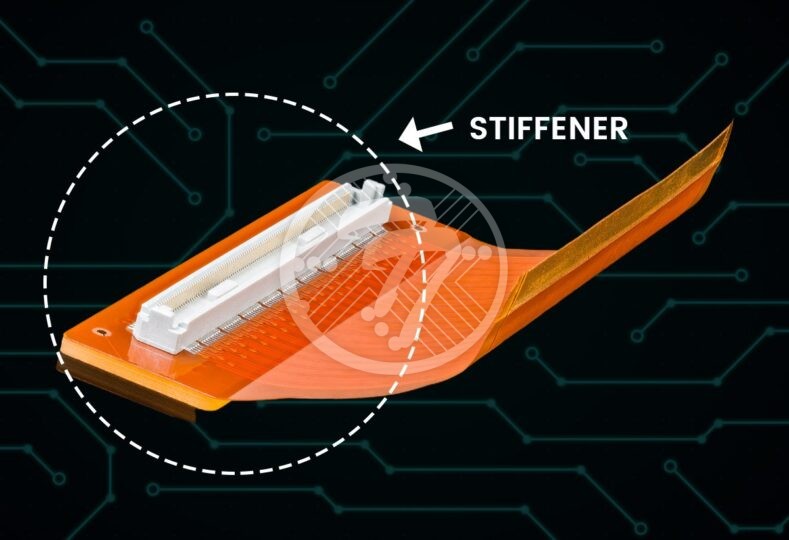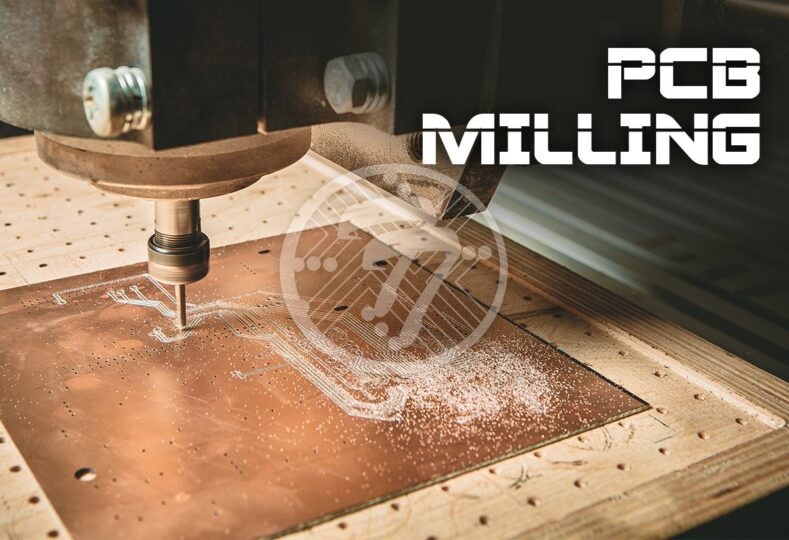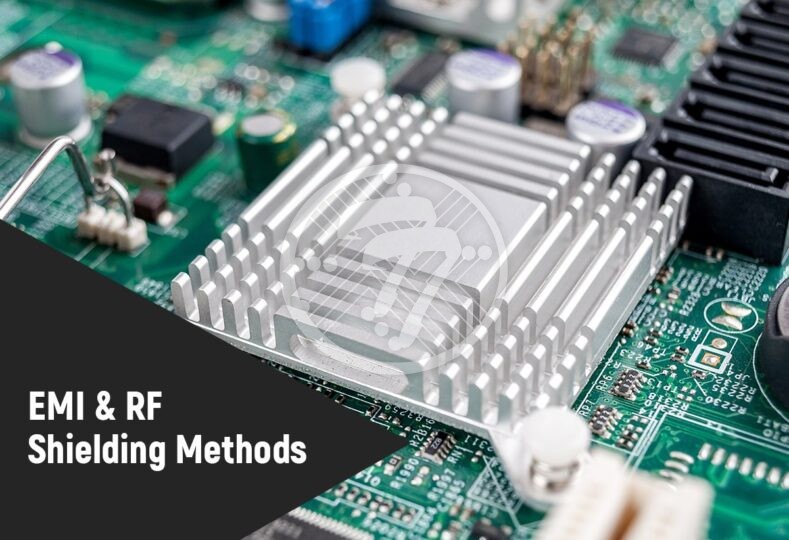What should be included in a PCB fabrication drawing?

A PCB fabrication drawing is an extremely important file that contains the manufacturing details of the circuit board. The more diligently the PCB fabrication drawing is created, the better the chances of the circuit board matching your exact requirements. A fabrication drawing lays down the specifics of the circuit board such as the board outline, layer stack-up, drill chart and more. A fabrication drawing along with an assembly drawing together, comes in extremely handy in assembling the circuit board.
How does a PCB Fabrication Drawing differ from Assembly Drawing?
As their names suggest, a fabrication drawing provides essential details that are required for the manufacturing of the board. An assembly drawing on the other hand lays down details about how every component will be attached to the board.
What should a PCB Fabrication Drawing Include?
Some of the aspects that a PCB Fabrication drawing must include:
Dimensions
It is important to mention the dimensions of the board as that will determine how much PCB material is required. Typically, the areas that need to be mentioned include:
- Length of the board
- Its width
- Thickness
- Outline
- Tolerances
There also needs to be a Board Outline, which includes the cut-outs, holes, radii, specific distances from the origin, and more
Drill Chart
There needs to be a detailed drill chart that offers the following information:
- Which layers need drilling
- Drill Sizes
- Tolerance, and more.
The drill chart has specific symbols to do with the hole size. It offers information on whether the holes are plated or not and more.
Layer Stack Up
The layer stack up has a lot of influence on some of the other aspects of the project. It is therefore imperative to convey information such as:
- Material
- Thickness
- Copper Weight
- Surface Finish
- Tolerances
- Controlled Impedance
Basis the Controlled Impedance requirement, the manufacturer can then look at aspects such as the dielectric constant, spacing, trace width and more.
Title Block
The Title block consists of information such as:
- Customer Name
- Part Numbers
- Fabrication Number
- Measurement Units, and more.
PCB Fabrication Notes
In addition, it will help to include PCB Fabrication Notes with the following information:
- Requirements of Controlled Impedance
- Manufacturing specifications
- Raw material specifications
- Plating details
- Details of Solder Mask
- Gold fingers, if present
- Any specifications related to hole positions
- Presence of via-in-pad, if any
- Blind/Buried via, if any
- Tolerances, both in terms of board tolerance & plating & etching tolerance
The PCB Fabrication drawing can be created in a wide variety of software, including but not limited to:
Eagle EDA
This is one of the commonly used software where the process is fairly simple. The basic steps involved here include generating the PCB Gerber File. Next you need to go to the Layout Editor. This will enable you to use the drill symbols on the board. With all the information about the number of layers & board material compiled, the files can be sent to the manufacturer.
KiCAD
The basic steps here include adding the Title Block. You need to add all the dimensions of the board in the outline. Next you can use the Graphics Tool to draw the stack up. Information such as board thickness, layer thickness, tolerances etc. can be mentioned. On the fabrication layer information such as number of layers, IPC class of the board, solder mask color, type of pads and more can be added.
Altium Designer
You need to use a blank drawing format and then add the details to it. Fab Notes & Drill charts can also be added. The files are automatically linked to the design database of the tool
To Sum up
The PCB fabrication drawings provide a lot of critical, additional information that is not available by way of Gerber Files. With all the above information mentioned, you can make sure that there are no communication gaps remaining & the board is manufactured to the exact details required. Needless to mention that other than providing detailed PCB fabrication drawings, the choice of experienced electronics contract manufacturer can go a long way in ensuring that you receive quality boards. An experienced manufacturer is equipped with industry best practices that ensure that you do not need to reinvent the wheel.
With advanced methods of PCB fabrication, we give you the finest PCB fabrication services. The PCB fab services from our experts will take it to the next level by accepting every type of latest technologies.









